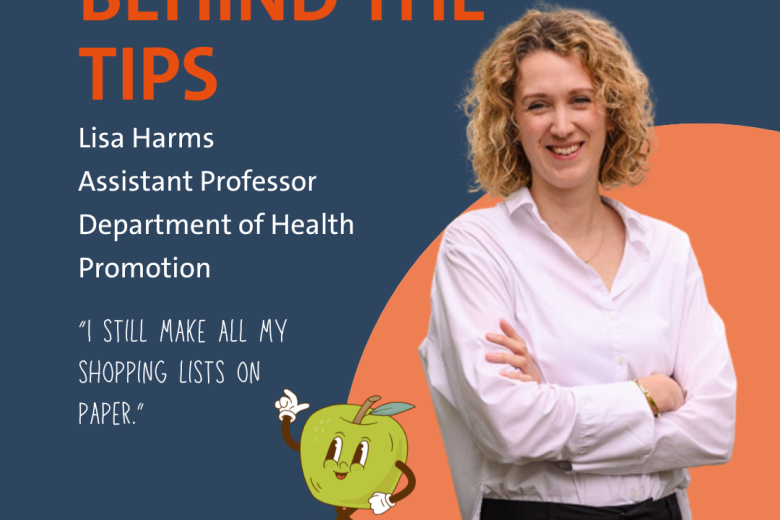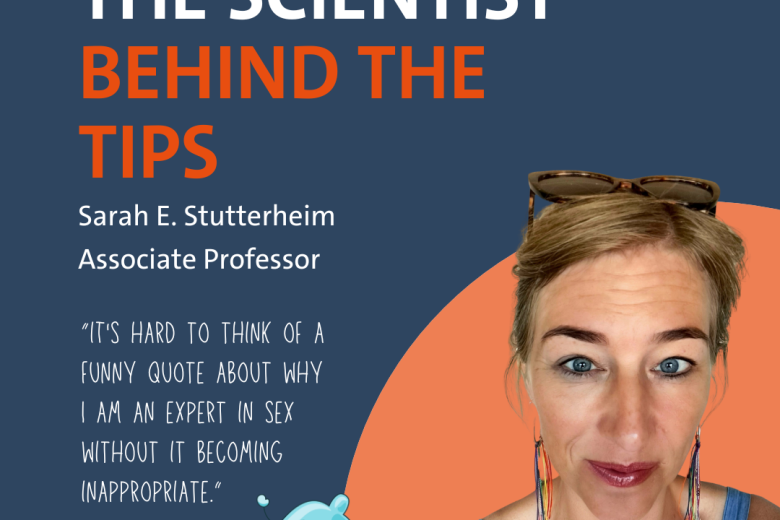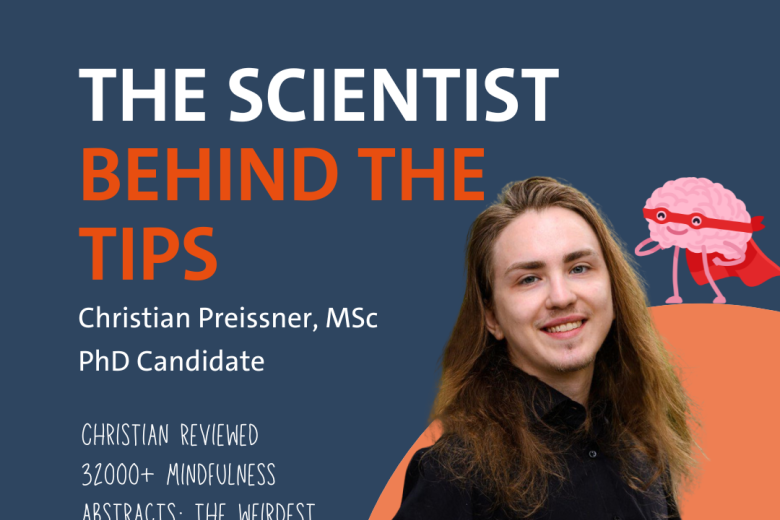Alisa Ovsiannikova: brand new regenerative medicine student
We discover new things about staff and students every day here at the Faculty of Health, Medicine and Life Sciences. That we have Anna who is doing two bachelor’s at the same time. That Lieve wants health tips to be evidence-based. And that Alisa moved from Moscow to the Netherlands at 17 years old to become a first-year Regenerative Medicine and Technology (RMT) bachelor’s student. Turns out Alisa’s adventurous spirit pushes her to brand-new things, such as the RMT bachelor’s programme and her hobby Tribal Fusion dancing.
Sign me up for something new
Alisa moved to the Netherlands last year for her studies. “Most Dutch universities told me I needed a foundation year. This wasn’t the case at Maastricht University, so I browsed the website for their bachelor’s programmes.”
Alisa came across RMT and was triggered by its novelty. “RMT is a new and unique bachelor’s programme. I also studied a new programme in high school and I teach Tribal Fusion, a unique and specific dancing style. So choosing RMT felt like it was meant to be.”
Technology-driven decisions
Alisa first searched for a bachelor’s programme on biomedical sciences. During her search, she came across Regenerative Medicine and Technology (RMT)
She compared the curriculum of Biomedical Sciences and RMT and decided based on the multidisciplinary character of RMT. “There are courses on physics, chemistry, biofabrication and more. The programme is multidisciplinary as well as specific because everything is oriented towards regenerative medicine. We learn to translate scientific and technological inventions to regeneration-based innovative solutions whereas Biomedical Sciences focusses more on mechanisms of human health and disease at the molecular level.”
Complex tissue models
RMT aims to develop methods that trigger the body to repair or renew itself. Part of that goal is to fabricate 3D in vitro models that mimic a particular tissue or organ of the human body. “I’m interested in complex organs such as the heart and kidneys because they are difficult to mimic in vitro. Fabricated models could be then used by researchers, for instance, in drug testing.”
Glimpse into the future
Alisa finds that the teaching staff actively supports the first group of students. “We can interact with our professors closely. Since it’s a new programme they are very open to our feedback. What we learn is not just theory; we can talk to researchers about their current projects, what they aim to achieve, and what problems they face. It’s a glimpse into our possible future.”
Also read
-
Evidence-based health tips for students: supermarket psychology
In the upcoming months, we’ll share tips on Instagram for our students on how to live a healthier life. Not just a random collection, but tips based on actual research happening at our faculty. The brains behind this idea are L ieve Vonken and Gido Metz, PhD candidates at CAPHRI, the Care and Public...
-
Evidence-based health tips for students: the science of love and sex
In the upcoming months, we’ll share tips on Instagram for our students on how to live a healthier life. Not just a random collection, but tips based on actual research happening at our faculty. The brains behind this idea are L ieve Vonken and Gido Metz, PhD candidates at CAPHRI, the Care and Public...
-
Evidence-based health tips for students: the science of mindfulness
In the upcoming months, we’ll share tips on Instagram for our students on how to live a healthier life. Not just a random collection, but tips based on actual research happening at our faculty. The brains behind this idea are L ieve Vonken and Gido Metz, PhD candidates at CAPHRI, the Care and Public...